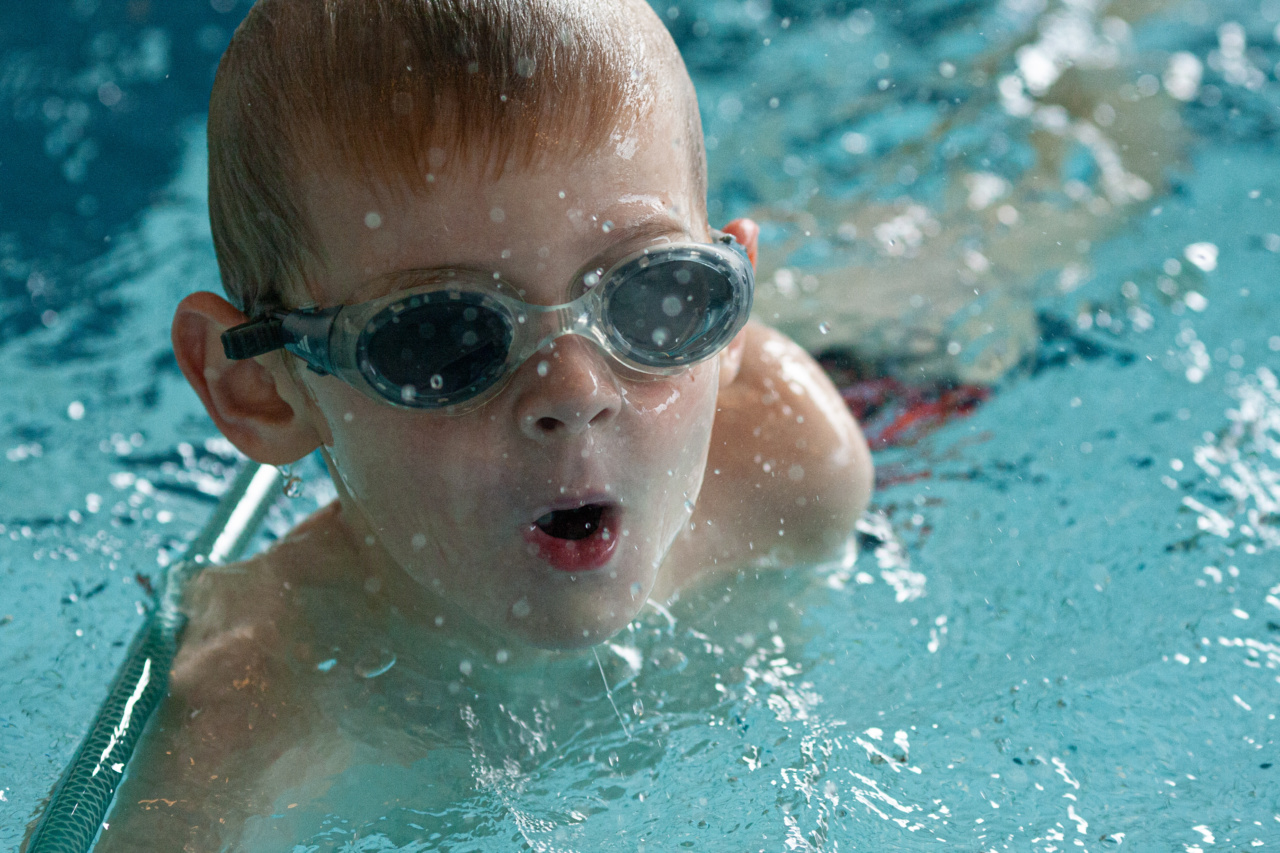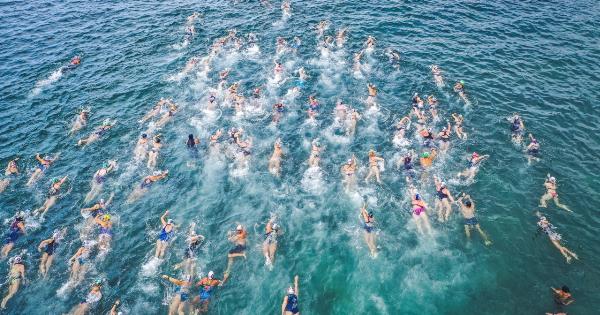Swimming is a valuable skill that offers numerous benefits for individuals of all ages. It not only provides a great form of exercise but also promotes water safety and confidence in the water. However, for some kids, swimming can be a struggle.
Whether it’s due to fear, lack of coordination, or other challenges, these children may find it difficult to enjoy and excel in swimming. In this article, we will explore some common reasons why swimming can be a struggle for kids and provide helpful tips on how to overcome these obstacles.
The fear factor
One of the most common reasons why kids struggle with swimming is fear. Fear of the water, fear of drowning, or fear of not being able to handle themselves in aquatic environments can all contribute to a child’s resistance towards swimming.
It is crucial to address this fear in a gentle and supportive manner to help kids overcome it.
Tip 1: Create a positive and supportive environment
When introducing swimming to a fearful child, it is essential to create a positive and supportive environment. Start by ensuring the swimming area is safe and comfortable. Avoid overcrowded pools or noisy environments that may further overwhelm the child.
Additionally, provide consistent encouragement and praise, focusing on small achievements and progress rather than perfection.
Tip 2: Gradual exposure to water
If a child is fearful of the water, start by gradually exposing them to aquatic environments. Begin with shallow pools or even bathtub sessions where they can gradually get accustomed to the sensation of water on their bodies.
As they become more comfortable, progress to deeper water and introduce basic water skills, such as blowing bubbles or floating with assistance.
Coordination challenges
Some children struggle with swimming due to coordination challenges. Lack of coordination can affect their ability to perform basic swimming movements and strokes effectively.
It is important to address these challenges and help children develop better coordination in the water.
Tip 3: Practice basic motor skills
Prioritizing the development of basic motor skills can significantly improve a child’s coordination in the water. Engage them in activities that enhance their balance, body awareness, and motor planning skills.
Encourage activities such as walking on pool edges, practicing balance boards, or playing games that involve hand-eye coordination.
Tip 4: Incorporate fun and engaging activities
Make swimming enjoyable for kids by incorporating fun and engaging activities. Traditional swimming lessons can sometimes be monotonous, which may further demotivate children with coordination challenges.
Consider incorporating games or toys that require movement in the water, such as diving for rings or playing with inflatable balls. These activities not only make swimming more enjoyable but also promote the development of coordination skills.
Physical limitations
Physical limitations, such as muscle weakness or medical conditions, can also hinder a child’s swimming abilities. However, with the right approach, these limitations can be managed to ensure a positive and fulfilling swimming experience.
Tip 5: Consult with healthcare professionals
If a child has physical limitations that affect their swimming abilities, it is crucial to consult with healthcare professionals, such as pediatricians or physical therapists.
These experts can provide valuable insights and guidance on how to navigate swimming with physical limitations. They may recommend specific exercises or modifications to help strengthen weak muscles or adapt swimming techniques to suit individual needs.
Tip 6: Adaptations and assistive devices
In some cases, adapting swimming techniques or utilizing assistive devices can be beneficial for children with physical limitations. For example, using floatation devices or swimming aids can provide additional support and enhance buoyancy.
Adaptive swimming programs may also be available in some communities, where instructors are trained to work with children who have physical limitations.
Communication and social anxiety
Communication and social anxiety can make swimming challenging for kids, particularly in group settings.
Children who struggle with verbal communication or social interactions may find it difficult to follow instructions or feel uncomfortable swimming with others. Addressing these issues can help foster a more inclusive and supportive swimming environment.
Tip 7: Open communication with instructors
If a child has communication or social anxiety concerns, it is important to communicate these issues with swimming instructors or coaches. Instructors can then modify their teaching strategies to ensure a child feels understood and supported.
They can provide clear instructions, use visual aids, or even employ alternative communication methods, such as sign language or visual cues.
Tip 8: One-on-one lessons
In some cases, one-on-one lessons may be more suitable for children with communication or social anxiety challenges.
These individualized sessions provide a more focused and less overwhelming environment, enabling the child to feel more comfortable and build trust with the instructor.
Diving deeper into water safety
For some children, swimming struggles may stem from a lack of water safety knowledge. Teaching children water safety skills is vital to ensure their overall safety and confidence in the water.
Tip 9: Water safety education
Introduce water safety education early on to help children understand the importance of safety measures in and around the water. Teach them about respecting water depth, responsible pool behavior, recognizing potential hazards, and emergency procedures.
Providing this knowledge empowers children and contributes to their overall confidence in swimming environments.
Tip 10: Enroll in swim classes or camps
Consider enrolling your child in swim classes or camps that specifically focus on water safety education. These programs often include valuable lessons on proper swimming techniques, survival skills, and emergency response.
Instructors in these classes are trained to address the unique challenges of different children, ensuring a safe and supportive learning environment.






























